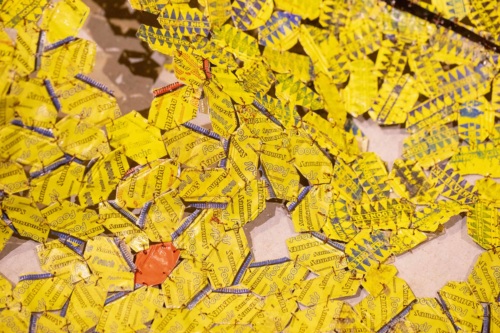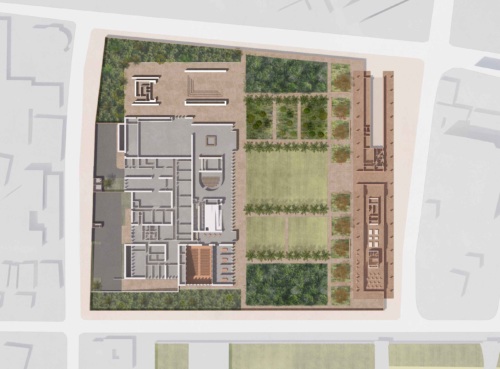
Museum of West African Art (MOWAA) Institute
Benin City, Nigeria (Current)
My interest in this project is that I believe it has the power to transform — it will become a reteaching tool that will encourage the urgent reclamation of a culture that has been nearly lost due to colonial and post-colonial forces. - David Adjaye
The MOWAA Institute, situated within the planned Benin City Cultural District, will provide secure, state-of-the-art facilities for conservation, study, exhibition, and public programming as historic artworks are returned. Inspired by the heritage and history of Benin, the MOWAA Institute establishes the infrastructure to support the identity of the African continent as the keeper and re-imaginer of a new relationship with patrimonial artifacts.
The 48,000 square foot MOWAA Institute is therefore designed as a highly sustainable, efficient single-story building comprised predominantly of locally sourced rammed earth walls with an in-situ concrete brown roof. Abstracting a traditional rectangular structure, the building’s form is conceived as box within a box, which then scallops at its perimeter to allow generous views of the interior programming. The building accommodates a state of the art, secure space for restituted objects and archaeological discoveries; laboratories for studying artifacts unearthed during the archaeological excavations; a visitor center for engaging the local community and stakeholders; and administrative offices.
The building projects southern daylight from skylights deep into the heart of the climate-conditioned storage and collection archive, allowing object viewing in various lighting conditions through the exhibition gallery. The MOWAA Institute will provide a state-of-the-art secure facility for restituted objects and archaeological finds, a project center for the archaeological work currently in progress on and around the MOWAA site in Benin City, laboratories for studying artifacts unearthed during the archaeological excavations, a visitor center for engaging the local community and stakeholders, and interim offices for MOWAA staff. The landscaped grounds outside the building will include an amphitheater to host gatherings and intimate educational moments.
In the long term, after MOWAA is complete, the MOWAA Institute will be a base for ongoing archaeological research, a hub for training in archaeology, conservation, heritage studies, and museology, and a storage and conservation center for the objects held by MOWAA.
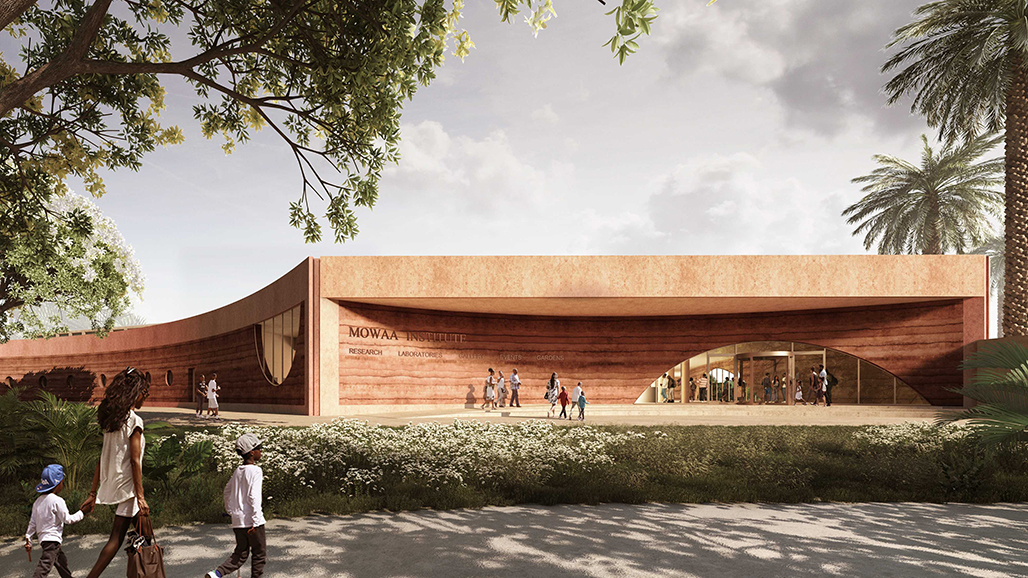
Related

Plans for Edo Museum of West African Art unveiled
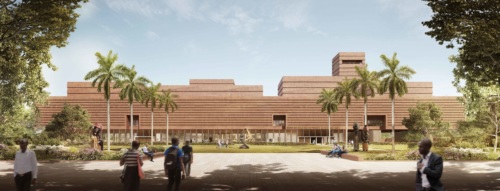
A New Museum to Bring the Benin Bronzes Home
via The New York Times
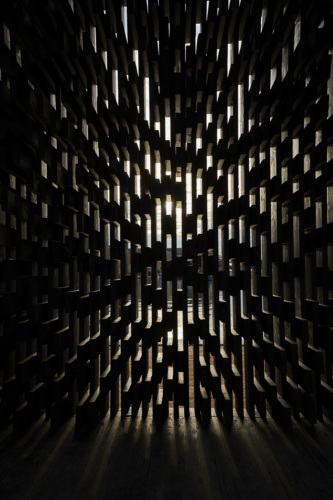
Kwaeε
